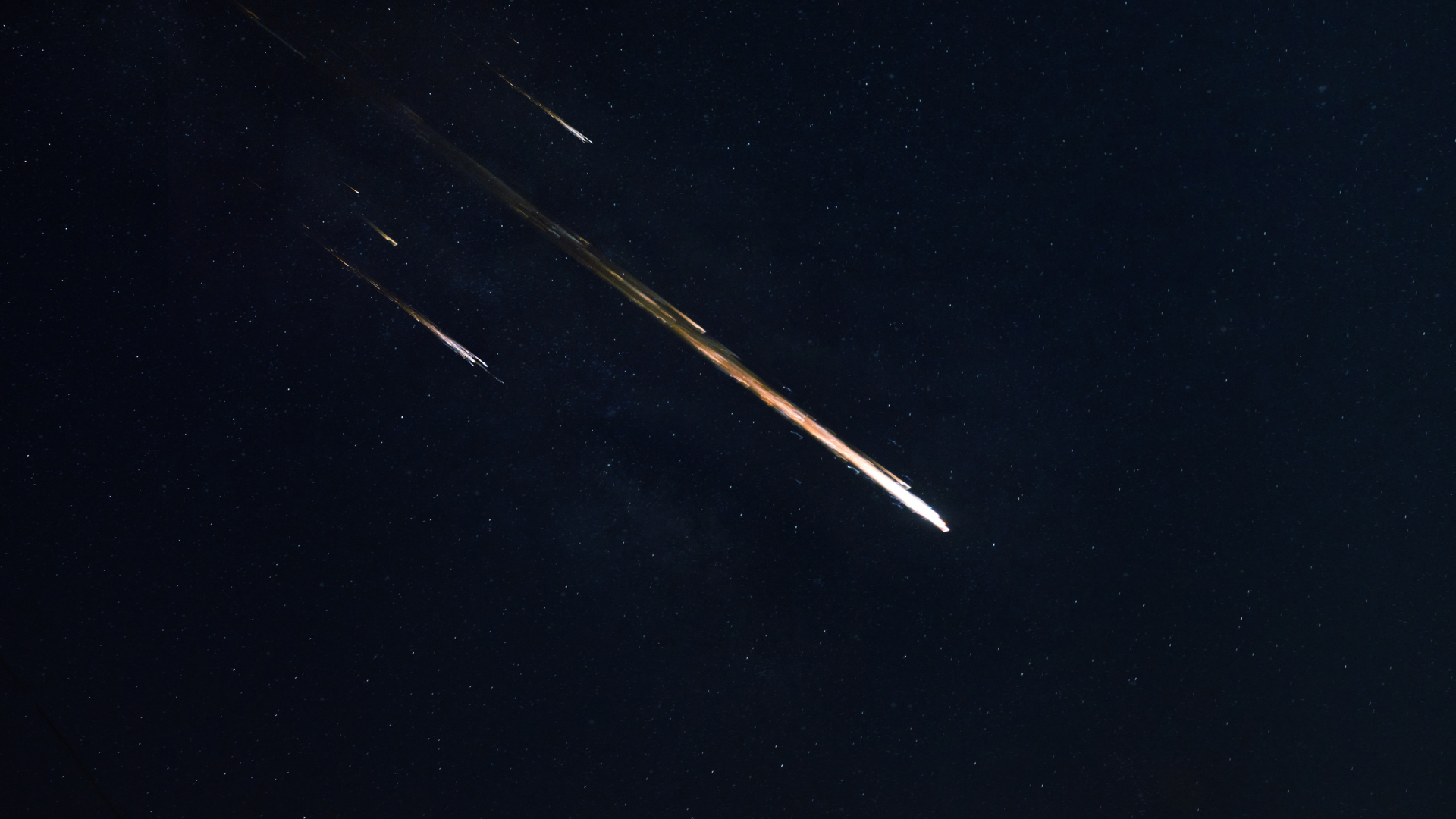The Alpha Centaurids Meteor Shower gets its name from the apparent origin of the meteors, in this case, the constellation of Centaurus, which rises in the south eastern sky at this time of year. This means that the meteors will appear to come from a south easterly direction.
It is a result of Earth passing through the debris left by an unknown celestial object. Usually it’s a the trail of debris left behind by a comet or other celestial body that has come into our solar system. In the case of the Alpha Centaurids, it’s not currently known what body it was.
The Alpha Centaurids Meteor Shower usually produces about 6 meteors per hour, and the higher the meteor shower gets in the sky, the higher the number of potentially visible meteors. Most of the Alpha Centaurid meteors will be quite faint, so darker surroundings makes it easier to see them.
Is it worth getting out of bed for?
It’s not one of the most meteor intense showers we see during the year. However, if you’re keen, best viewing is before the Moon rises at 10.05pm on 7th February or before 10.35pm on 8th February.
When and where to look:
The peak of about 6 meteors per hour is from 7th-8th February. Look towards the south east and below the Southern Cross. The Alpha Centaurids Meteor Shower is active from 28th January to 21th February.
What is a meteor shower?
A meteor (commonly called a “shooting star”) is an unexpected, brief streak of light seen in our night sky. It’s caused when space debris, travelling up to 75km per second, enters Earth’s atmosphere. The debris can be as small as a grain of sand which burns up in the atmosphere and causes a bright streak of light to appear briefly in our night sky.
A meteor shower is a celestial spectacle where large numbers of meteors, or “shooting stars”, streak across the night sky. These dazzling events occur when Earth passes through the the trail of debris left by a comet or other object that has come into our Solar System and orbited around the Sun. Visible to the naked eye, meteor showers offer a mesmerizing display of bright streaks, adding a touch of cosmic wonder to the night.
Where’s the best place to see the meteor shower?
The best place to see a meteor shower is away from bright city lights and when the night sky is dark with no moonlight. Bright moonlight and light pollution make it harder to see fainter meteors, however you may still be able to see the brighter ones.
Travel out to a dark sky location at one of WA’s Astrotourism Towns. If you’re an astrophotographer, it is an excellent opportunity to image meteors over some of WA’s iconic landscapes.
You don’t need a telescope or binoculars to see a meteor shower. It’s a great time to gather with friends, roll out your favourite picnic rug, pack the drinks and snacks, and start counting how many “shooting stars” you all see! The predicted hourly rate of meteors presumes you’re viewing them in a perfectly dark sky and that the shower is directly overhead. Fingers crossed for a spectacular show!
Something interesting
Meteor showers are named after the constellation where the “shooting stars” appear to be coming from. If you have a handy smart phone app that helps you identify objects in the night sky, search for the constellation, and you’ll be looking in the right direction.
You might like to…
Become a citizen scientist and report meteor sightings! If you happen to see a very bright meteor (often referred to as a “fireball”), WA’s fireballs team based at Curtin University would love to know! Report your fireball sighting with the International Meteor Organization.
The International Meteor Organization is a great place to discover more about all things meteors. Check out their Meteor Shower Calendar. You might even like to become a member!
Where's Best to see a Meteor Shower?
You need dark night skies for the best views, so choose an Astrotourism Town destination. Happy meteor hunting!

